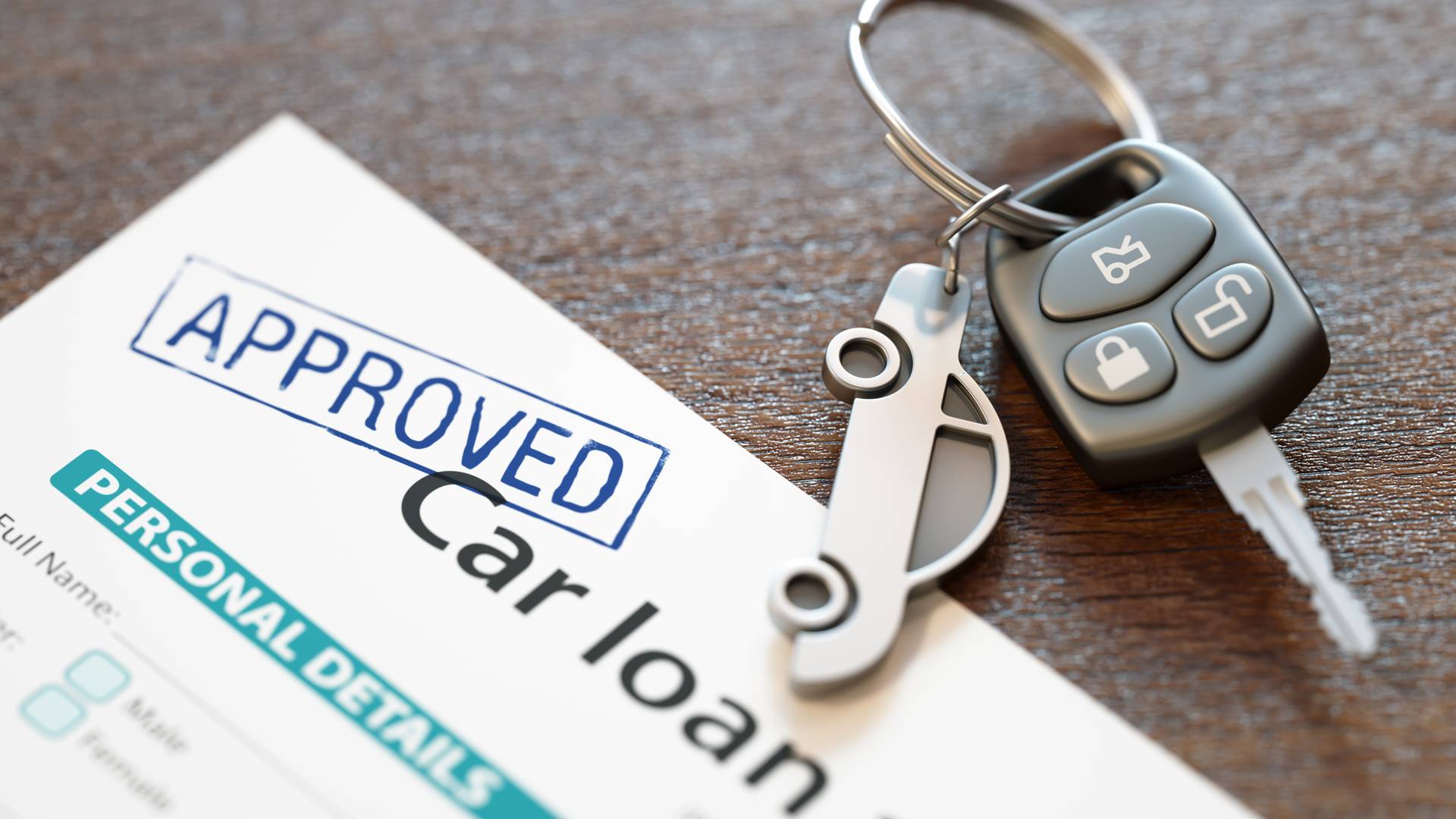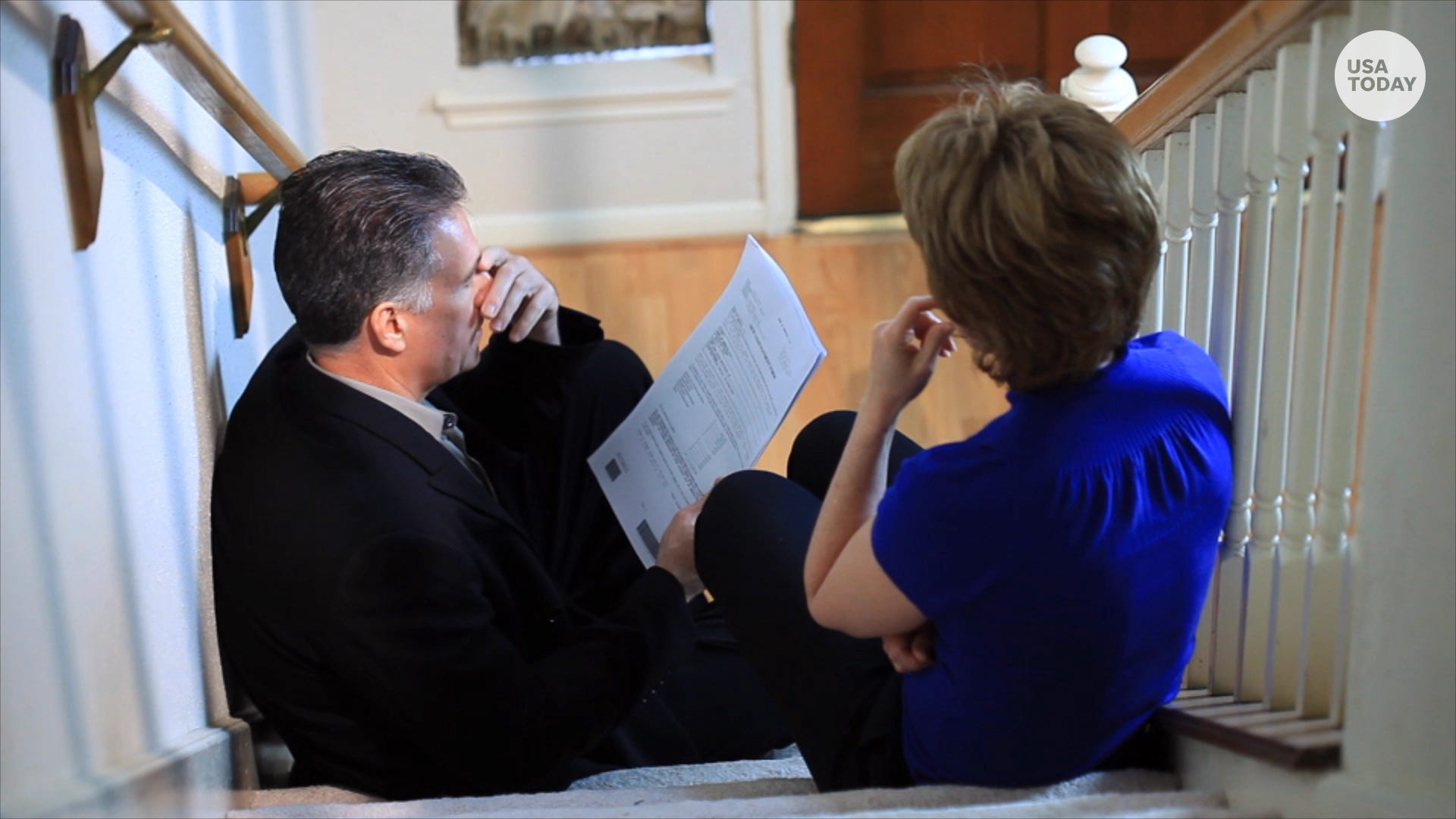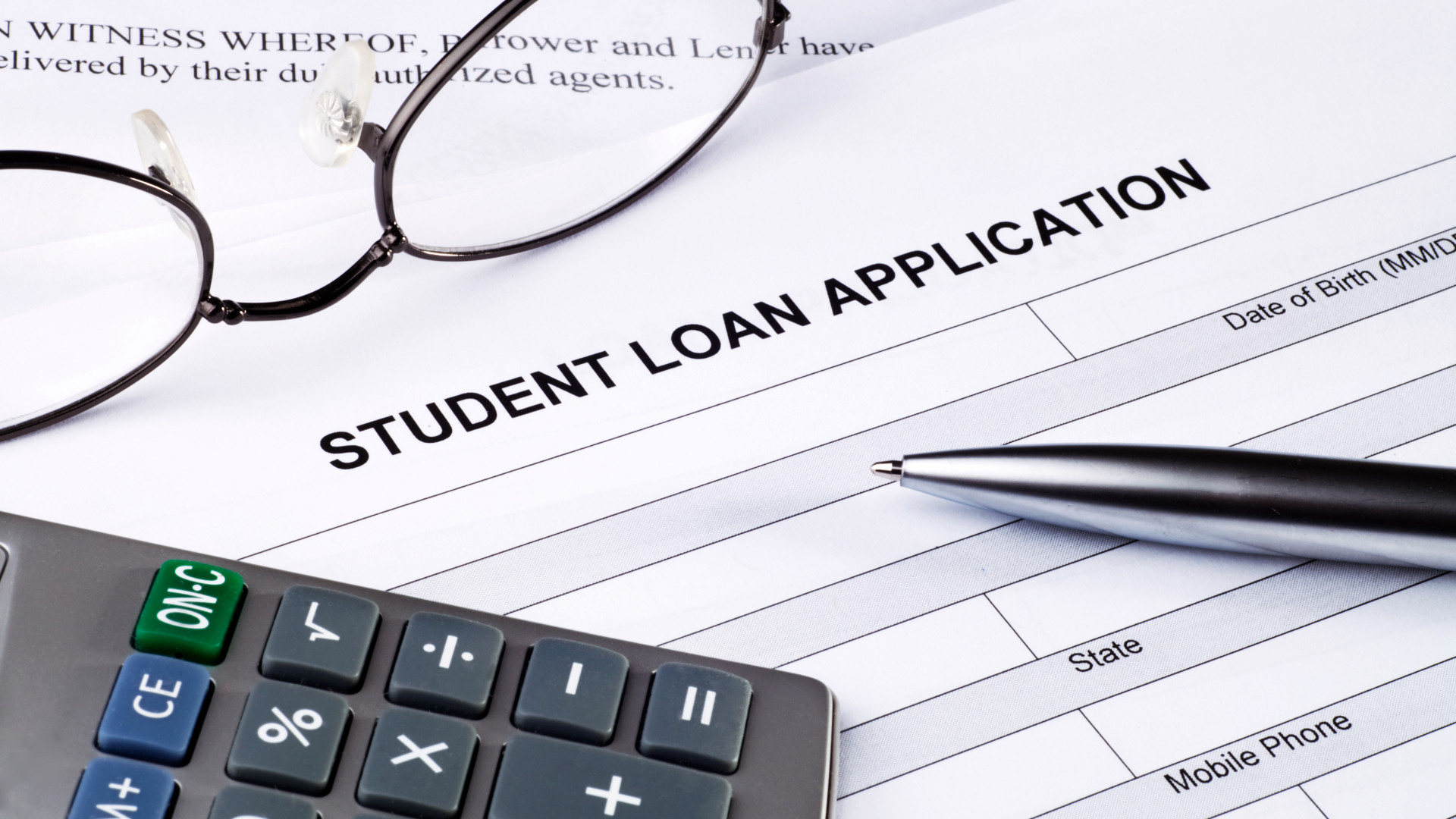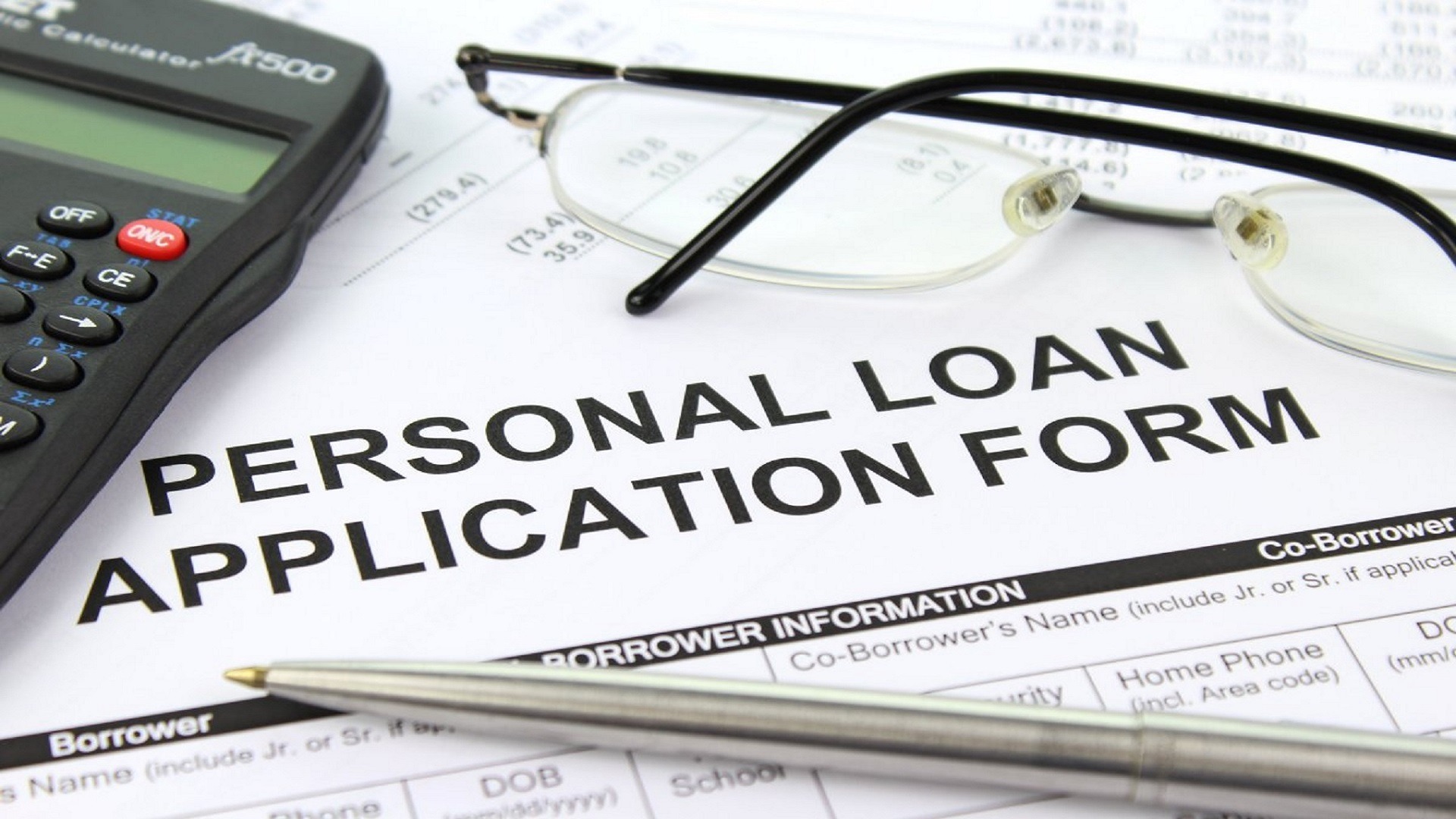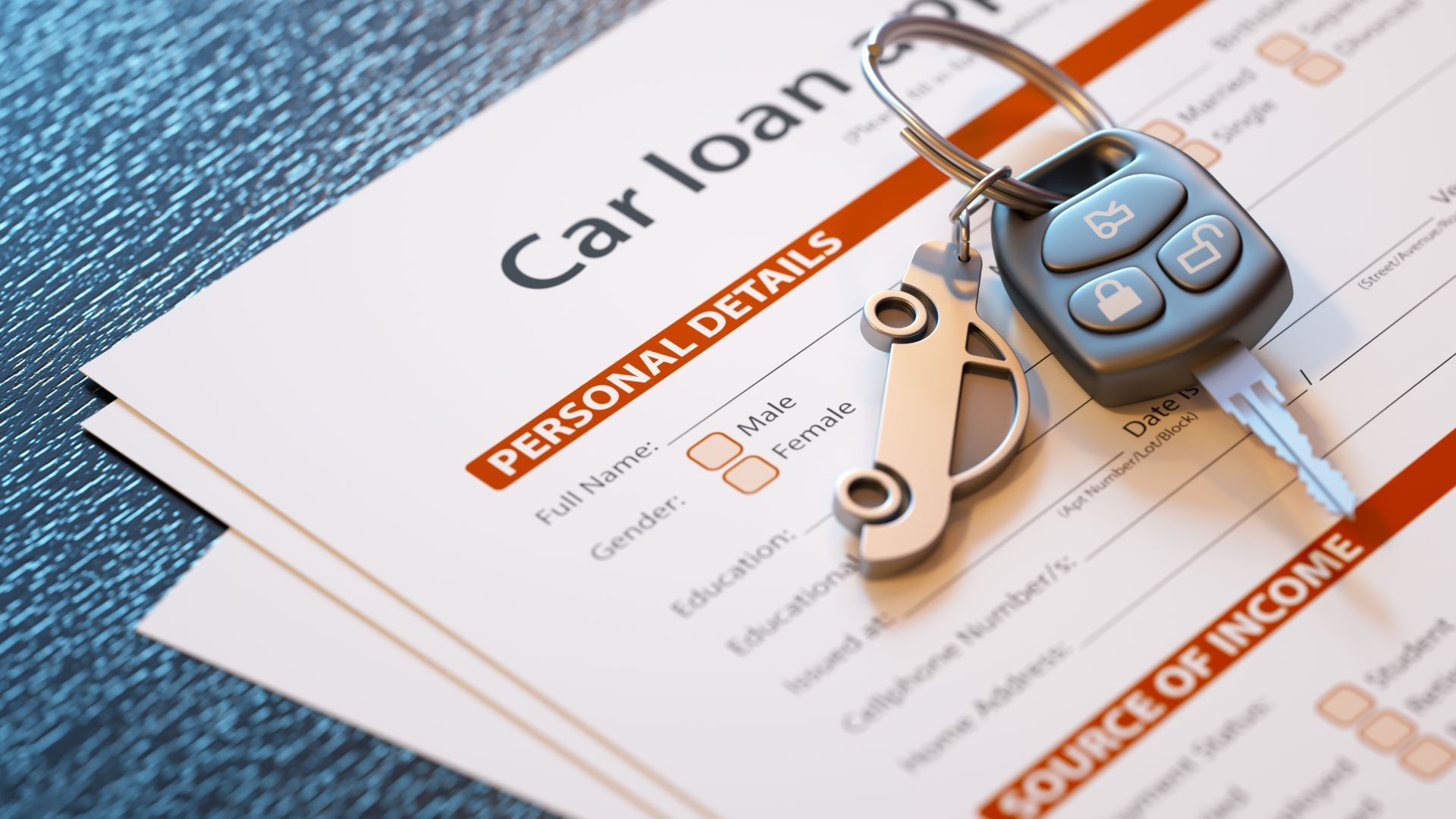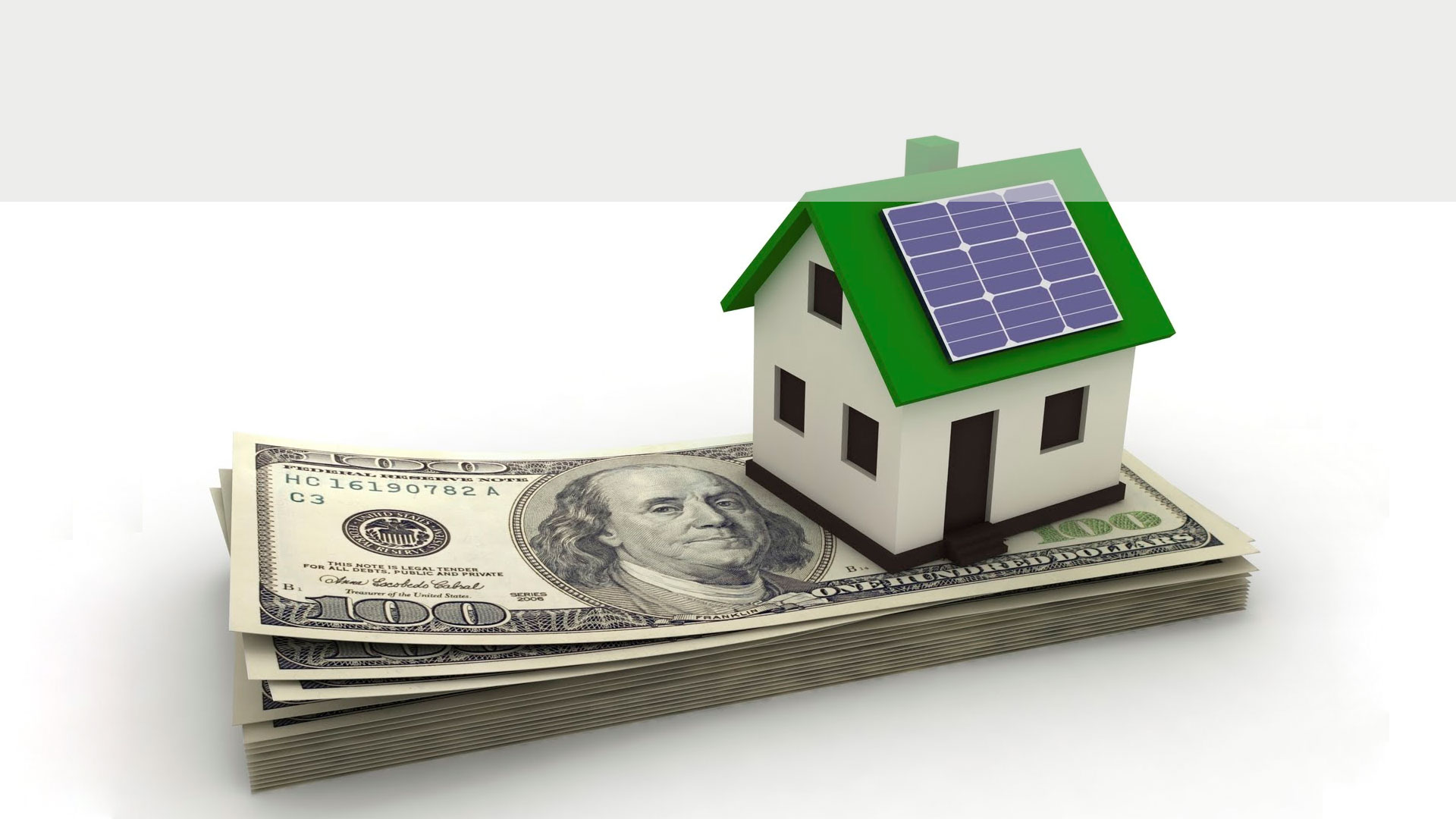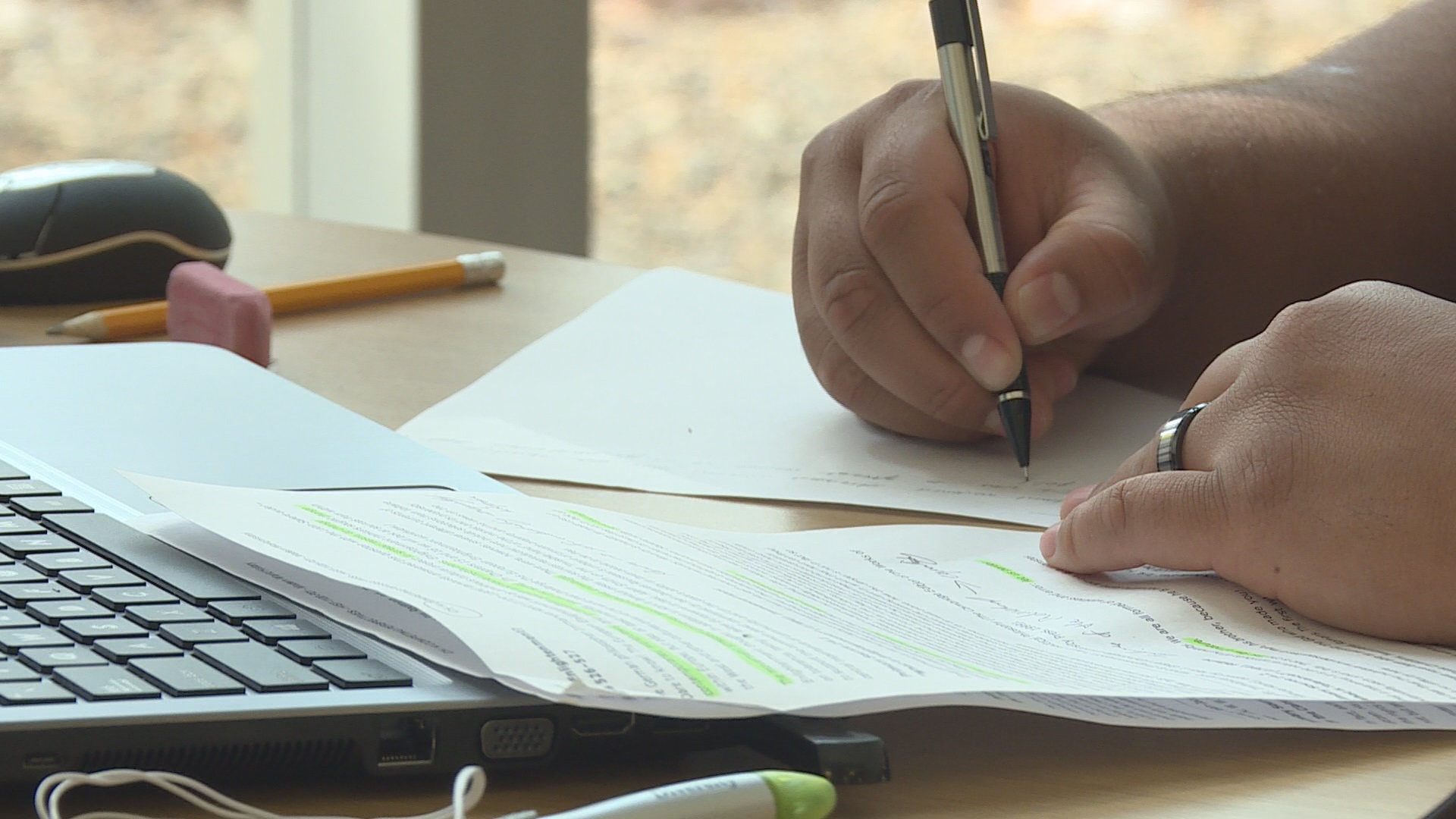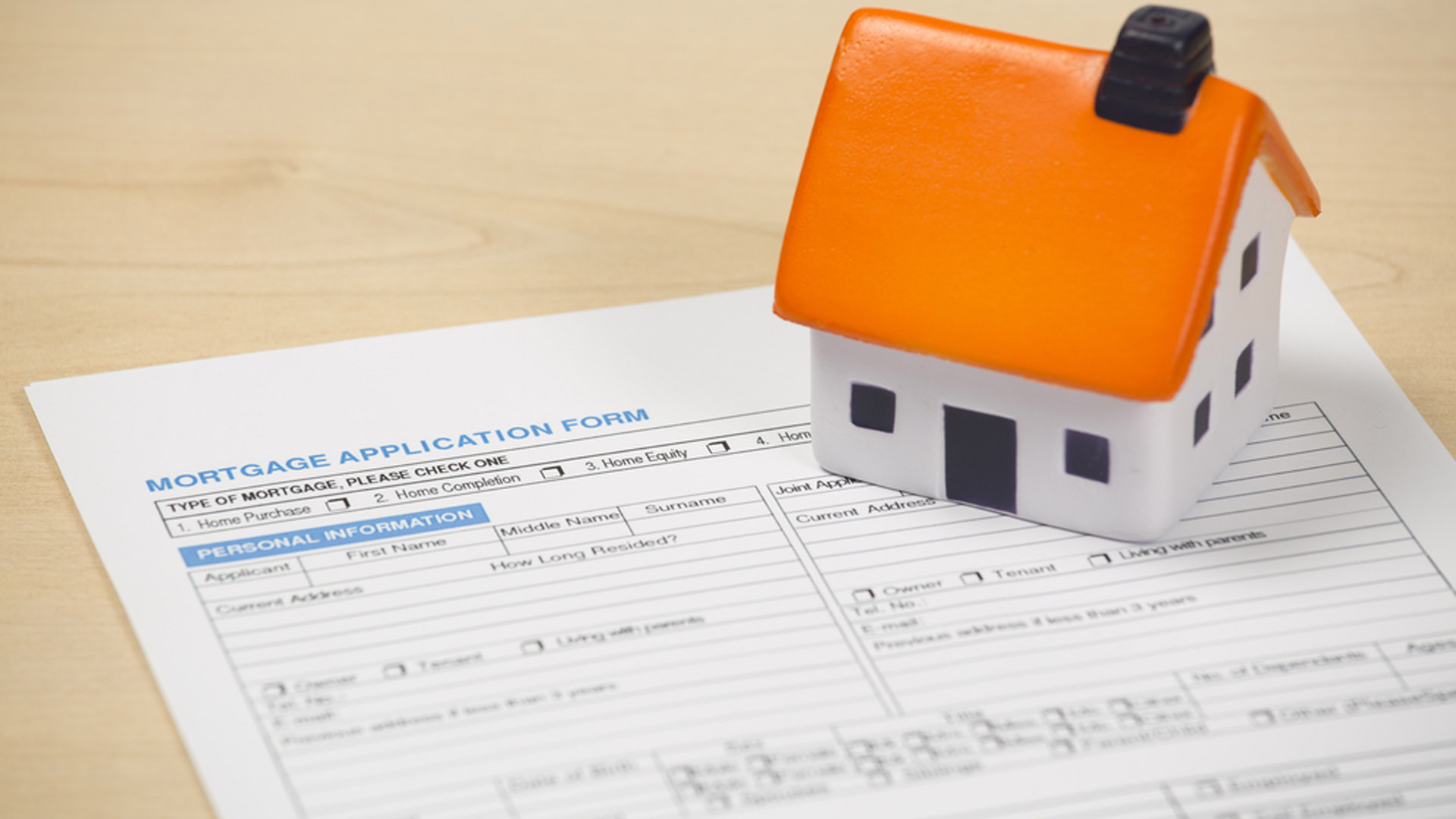Paying down high-interest credit card debt or different loans can be intense, especially in the event that you have different duties like a student loan, car loan — and even a mortgage payment.
In case no doubt about it,” “meaning you have a great deal of equity in your home, yet “cash poor,” you should seriously mull over utilizing a home equity loan to pay off debt. Keep reading to discover what a home equity loan is and how to get one for pretty much anything — regardless of whether it’s paying off high-interest debt, making home enhancements, or tackling other major costs.
What is a home equity loan?
Home equity loans let you acquire against the equity in your home. Because you’re utilizing your home as collateral, they can typically be easier to qualify for than different loans.
That, yet a home equity loan can give access to a sizeable amount of cash in one single amount, often at a more affordable interest rate than a personal loan.
Home equity loans are often used to make home upgrades, and there can be tax advantages while doing as such. Yet, you can utilize a home equity loan for anything that you’d utilize a personal loan for — like as a debt consolidation loan.
How does a home equity loan work?
A home equity loan is a subsequent mortgage. You’re acquiring against the equity in your home, which gives the lender the privilege to dispossess your property in the event that you can’t pay them back.
But since you’re putting your house up as collateral, you may qualify for a lower interest rate than you may be offered with a personal loan. That’s the reason it very well may be advantageous to utilize a home equity loan to pay off debt.
The amount that you can get will be constrained by the amount of equity you have in your home, and the amount of your monthly pay is available to repay a loan.
Types of home equity loans
You have three main options for tapping the equity of your home:
- Traditional home equity loan: You take out a second mortgage and receive 100% of the loan proceeds up front, and pay the loan back over a set period of time, typically over 10 or 15 years.
- Home equity line of credit (HELOC): You’re approved to draw money against your home as needed, up to a predetermined limit, making interest payments only on the amount you draw.
- Cash-out mortgage refinance: You pay off your existing mortgage with a new mortgage that’s big enough so that there’s money left over that can be used to pay off other debts, or be stashed in the bank.
Pros and cons of using home equity to pay off debt
In case you’re taking out a new loan to pay off a current loan, the goal is usually to save money over the long haul — to decrease the total amount you’ll repay.
However, with certain kinds of home equity loans, it tends to be hard to know what your total repayment costs will be. In the event that the interest rate is variable and the repayment term is open finished, you can just make an educated speculation.
A traditional home equity loan works essentially like your first mortgage, which is the mortgage you took out as a homebuyer. It has a fixed repayment term, and most lenders offer fixed interest rates.
Here are the pros and cons of paying off existing debt with each sort of loan that’s utilized to tap home equity.
Traditional home equity loan
Pros
- Traditional home equity loans have fixed repayment terms of 5 to 30 years, and the interest rate is also usually fixed
- Because you’re putting your house up as collateral, you might get a better interest rate than you could qualify for with a personal loan
- You know exactly what your monthly payment will be, how long you’ll be making it, and what your total repayment costs will be
- Knowing what your total repayments costs will be can help you determine whether you’ll save money if you take out a home equity loan to pay off debt
Cons
- Because a home equity loan is a second mortgage, interest rates won’t be as low as what you’re used to seeing advertised for first mortgages
Rates on first mortgages are about two percentage focuses lower than second mortgages because first mortgages are less risky to the lender, who is preferred choice to get paid if a home winds up in dispossession.
Home Equity Line of Credit (HELOC)
Pros
- With a HELOC, you only borrow what you need and you don’t pay interest charges on the portion of your draw limit that you’re not using
Cons
- HELOCs are typically available only from banks and credit unions
- Interest rates on HELOCs are usually variable, making it harder to know what your monthly loan payments will be
- A HELOC is an open-ended loan, making it harder to predict how long you’ll be making payments, and what your total repayment costs will be
A HELOC can be a great apparatus for managing your finances if your salary and costs are unpredictable. You just acquire what you need, when you need it and aren’t assessed interest on the unused part of your obtaining limit.
Yet, in the event that you already have a set amount at the top of the priority list that you want to acquire to pay off debt, a home equity loan or cash-out refinance may work similarly as well.
Cash-out refinance
Pros
- A cash-out mortgage refinance is a first mortgage, so interest rates are often lower than what you’d pay for a home equity loan or HELOC
- You’ll usually have a choice of a fixed- or variable-rate loan, and options to pay the loan back over 15 or 30 years
Cons
- To get cash out of your home, you also have to pay off your existing mortgage, which means a larger total loan balance
A cash-out mortgage refinance can be a great deal in case you’re getting a lower interest rate than your current mortgage. Regardless of whether the interest rate on your new loan is higher than your current mortgage, a cash-out mortgage refinance may be your cheapest wellspring of credit. Simply recall that you’ll be paying that higher interest rate on the whole balance of your mortgage — not simply the cash you’re taking out of your house.



